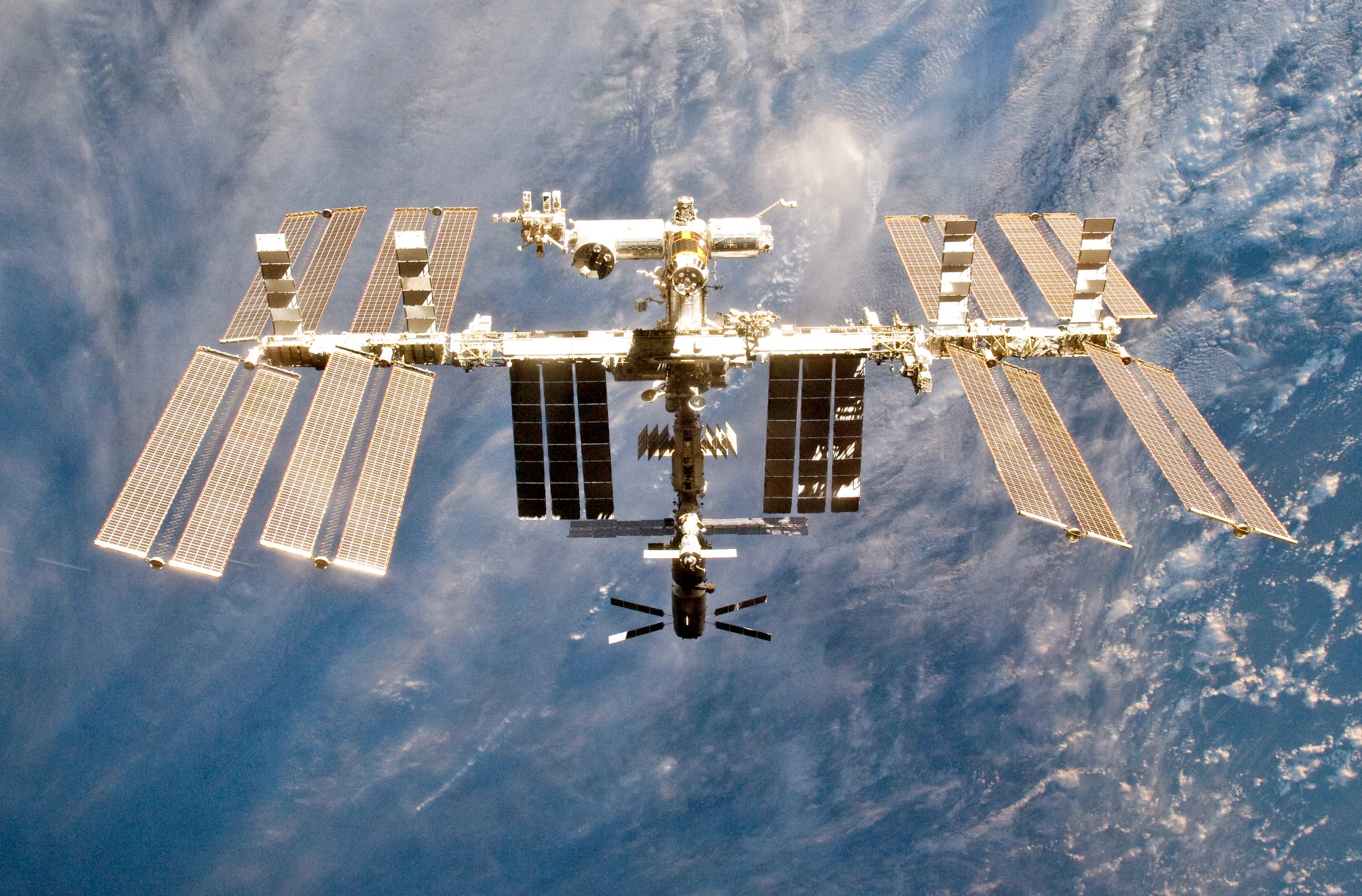
Nearly 1 million pounds of hardware orbiting 260 miles above the Earth, the station now has seven occupants: three Americans, three Russians and one from France, and its position in orbit is currently maintained by thruster nudges from a Russian module. (Mark Garcia/NASA)īorn from the end of the Cold War, the space station is jointly run by NASA, Russia, the European Space Agency, Canada and Japan. “The real question is, what are the Russians going to leave behind if they just walk away from the station?” Cowing added.Įxpedition 67 crew members pose with fresh fruit flying weightlessly in microgravity in the International Space Station on June 3.

Russia’s war on Ukraine, and NASA no longer needing Russian rockets to send astronauts into orbit, has changed a long-running, uneasy, partnership in space, making it look less and less tenable. “The long isolation of ISS from geopolitics looks like it is regretfully coming to an end,” said NASA Watch Editor Keith Cowing. And in June, the space station had to adjust its orbit to avoid debris from a Russian antisatellite weapon test that last November littered low-Earth orbit with thousands of pieces of orbiting shrapnel. “And by the same token, they have not discussed them publicly, in order to not set off the Russians.”Įarlier this month, NASA rebuked Russia for its three cosmonauts displaying anti-Ukrainian propaganda flags aboard the station. “NASA presumably has been making contingency plans with its European partners,” said Logsdon. NASA and Russia’s space agency work together hour-by-hour to keep the space station operating, he noted, so the notion that the issue of withdrawal has never come up in their daily discussions seems unlikely. But it does look like an elevation of the threat to leave, coming from the new head of Roscosmos,” said John Logsdon, an emeritus professor of political science and international affairs at George Washington University. “In some ways, this is just a continuation of what Russia has been saying for years, that they won’t commit to the station past 2024.

Keeping a reduced space station running would raise NASA’s maintenance costs, already budgeted at $1.4 billion yearly, in return for an orbiting lab that now mainly exists as a symbol of international cooperation, a site of limited research and as a nearby, escapable, test bed for observing the ravages that life in space exerts on the human frame, ahead of any efforts to operate bases on the moon or Mars. Russian withdrawal from the space station could take various forms, with Roscosmos in the past threatening to remove its modules, some of them fundamental to current lab life support and orbital station-keeping, to somehow cobble together its own orbiting lab. Both NASA and Russia, she noted, are making plans for life after the International Space Station, which space agency chief Bill Nelson has said should keep flying through 2030. Hours later in comments at an International Space Station conference in Washington, D.C., NASA’s Robyn Gatens, director of space station operations, said that the space agency has received no official word from Russia of plans to withdraw from the lab. China, meanwhile, is assembling its own orbiting space laboratory, now nearing completion. The threat to leave the station after 2024 - made by Yuri Borisov, the newly appointed head of Russia’s space agency, in a meeting with Russian President Vladimir Putin - comes as NASA plans for a commercial sequel to the station at the end of the decade.

On Tuesday, Russia made its latest, most high-level threat to withdraw from the decades-old orbiting laboratory. The International Space Station is at a crossroads.


 0 kommentar(er)
0 kommentar(er)
